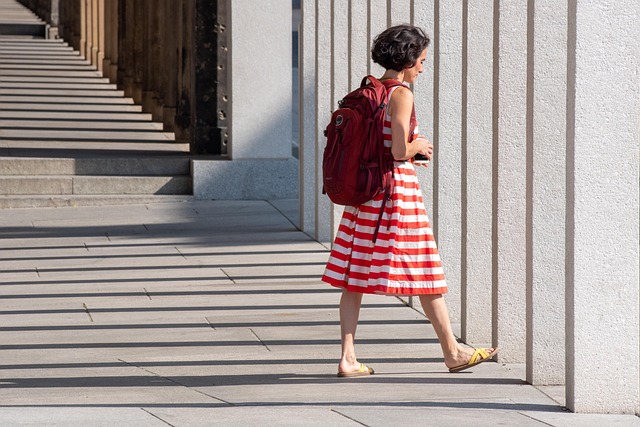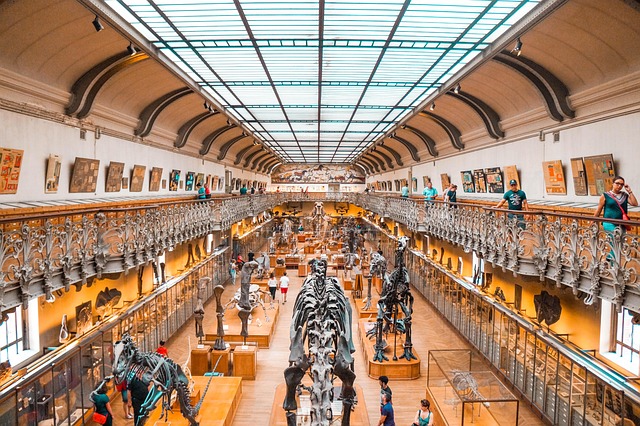Throughout the decades, shoulder seams have played a pivotal role in defining the silhouette of garments. The evolution of shoulder seams in fashion is not merely about construction; it reflects the shifting attitudes and cultural contexts of society. As we delve into this journey, we can appreciate how these essential components of clothing have shaped not only our wardrobes but also our perceptions of style and identity.
In the early 20th century, fashion was characterized by structured silhouettes. The shoulder seam was designed to create a pronounced shape that exuded confidence and formality. This emphasis on the shoulder line was reflective of societal norms that celebrated strength and poise, making it a key element in both menswear and womenswear. Tailored jackets and well-structured dresses dominated the scene, showcasing how the architecture of shoulder seams could inspire authority and sophistication.
Moving into the mid-century, the fashion landscape transformed with the introduction of more relaxed silhouettes. The shoulder seam began to soften, mirroring the cultural shift towards casual living. Dresses featured dropped shoulder seams, allowing for a more comfortable fit and creating a sense of ease. This adaptation not only enhanced wearability but also invited a more playful, youthful energy into fashion. Outfits became less about strict formality and more focused on individual expression, with the shoulder seam acting as a canvas for creativity.
As we approached the late 20th century, the shoulder seam further evolved with the rise of athletic-inspired clothing. Designers began to incorporate more innovative materials and construction techniques, introducing raglan and dolman sleeve styles that brought a whole new flair to the shoulder. This shift reflected the era’s embrace of a more casual lifestyle while still maintaining an element of style. The flexibility of the shoulder seam allowed for both functionality and fashion, making it a cornerstone of contemporary apparel.
Today, shoulder seams continue to adapt to current trends, embracing various forms from exaggerated puff sleeves to asymmetrical cuts. The modern interpretation of shoulder seams celebrates individuality and personal style, allowing wearers to experiment with bold designs while still paying homage to the classic roots of fashion. Streetwear has emerged as a significant influence, with oversized silhouettes and unique tailoring redefining how we perceive and wear garments.
Whether you’re drawn to the structured elegance of classic tailoring or the fluidity of contemporary styles, the evolution of shoulder seams in fashion embodies a powerful narrative of cultural expression. Each seam tells a story, revealing how we navigate our identities through clothing. So, the next time you slip into a garment, take a moment to appreciate the shoulder seam that supports not just the fabric, but a legacy of style that continues to evolve.




